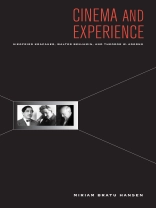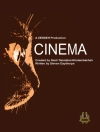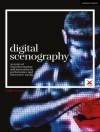Siegfried Kracauer, Walter Benjamin, and Theodor W. Adorno—affiliated through friendship, professional ties, and argument—developed an astute philosophical critique of modernity in which technological media played a key role. This book explores in depth their reflections on cinema and photography from the Weimar period up to the 1960s. Miriam Bratu Hansen brings to life an impressive archive of known and, in the case of Kracauer, less known materials and reveals surprising perspectives on canonic texts, including Benjamin’s artwork essay. Her lucid analysis extrapolates from these writings the contours of a theory of cinema and experience that speaks to questions being posed anew as moving image culture evolves in response to digital technology.
Cuprins
Preface
Acknowledgments
Abbreviations
Part I. Kracauer
1. Film, Medium of a Disintegrating World
2. Curious Americanism
Part II. Benjamin
3. Actuality, Antinomies
4. Aura: The Appropriation of a Concept
5. Mistaking the Moon for a Ball
6. Micky-Maus
7. Room-for-Play
Part III. Adorno
8. The Question of Film Aesthetics
Part IV. Kracauer in Exile
9. Theory of Film
Notes
Index
Despre autor
The late Miriam Bratu Hansen was Ferdinand Schevill Distinguished Service Professor in the Humanities at the University of Chicago and the founding chair of what is now the Department of Cinema and Media Studies. Her publications include Babel and Babylon: Spectatorship in American Silent Film and numerous essays in international film history and film theory.












